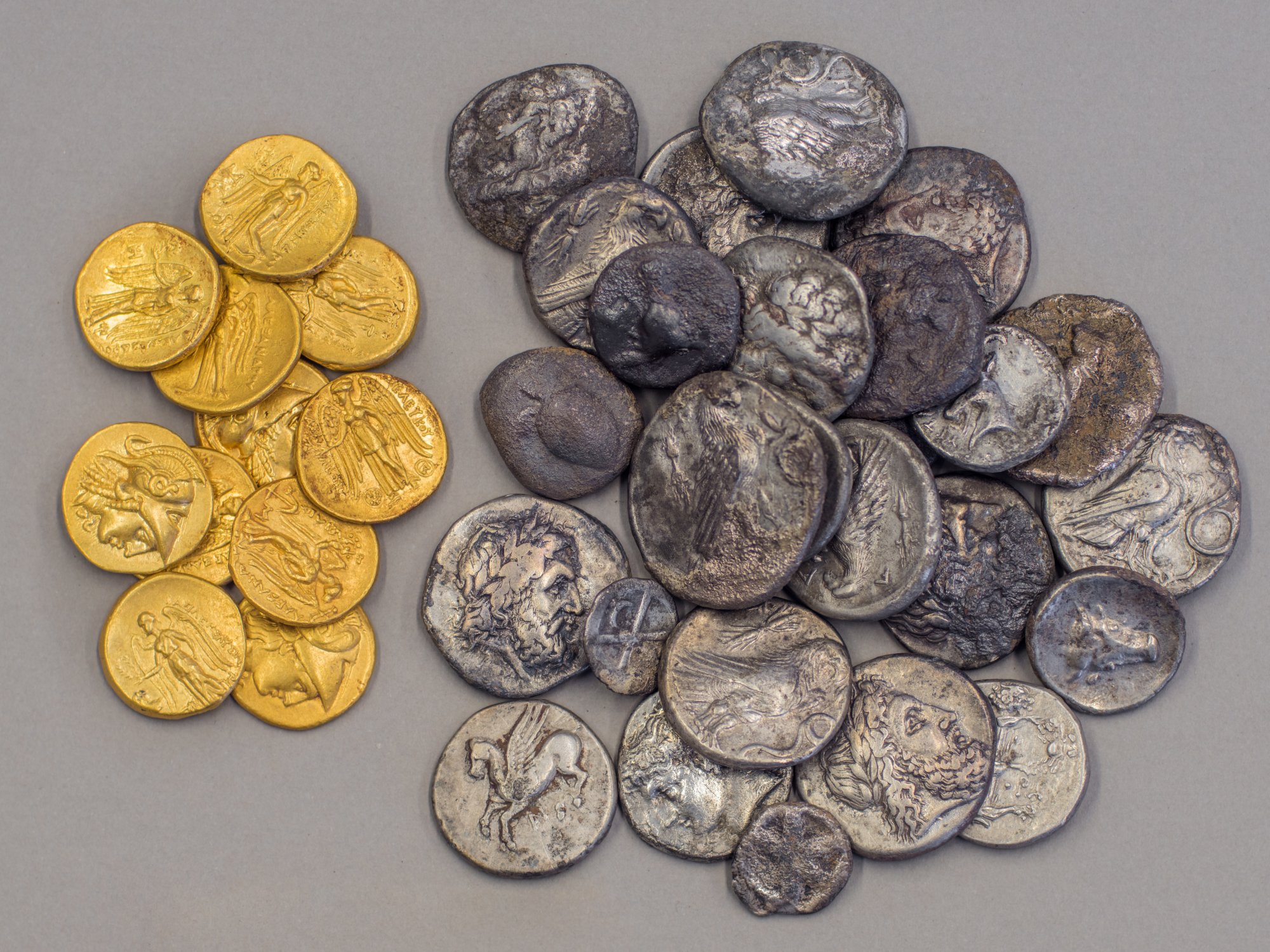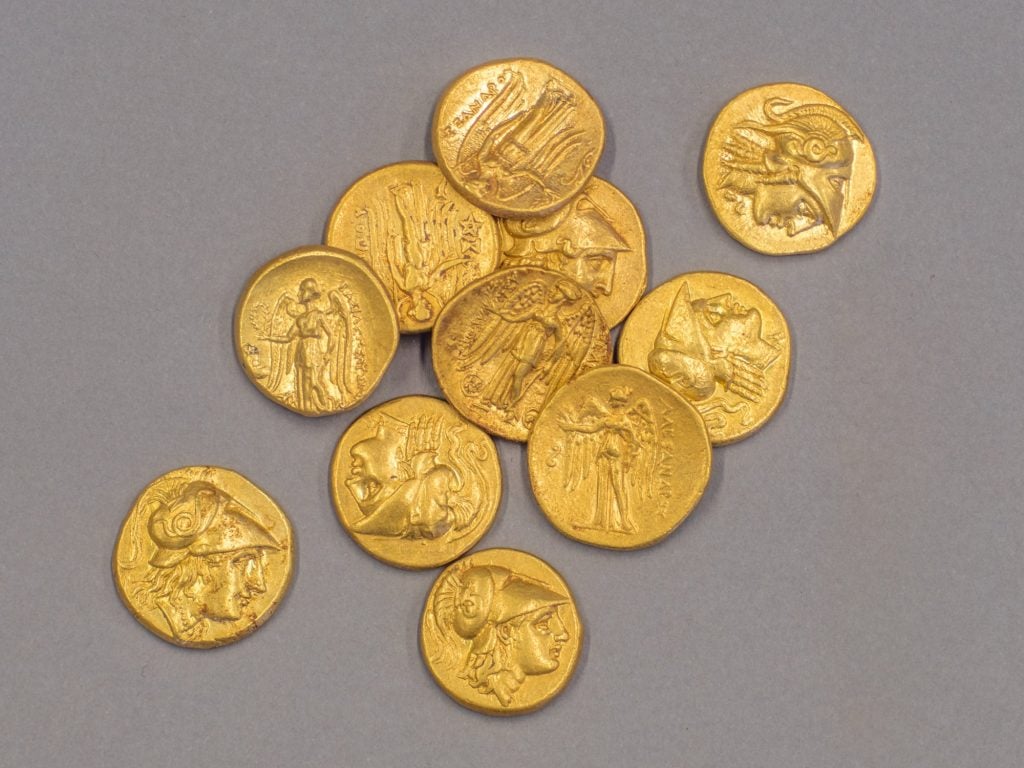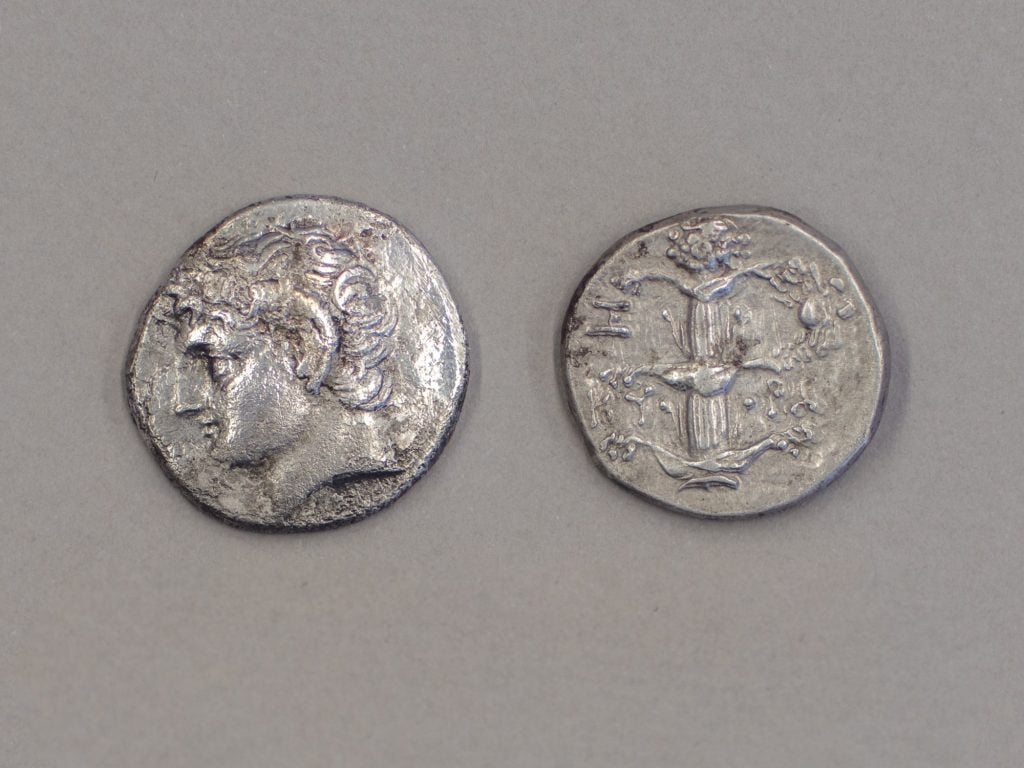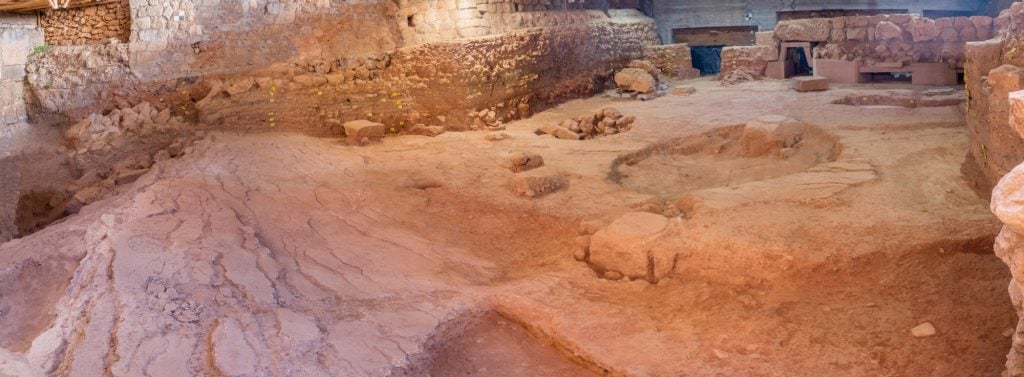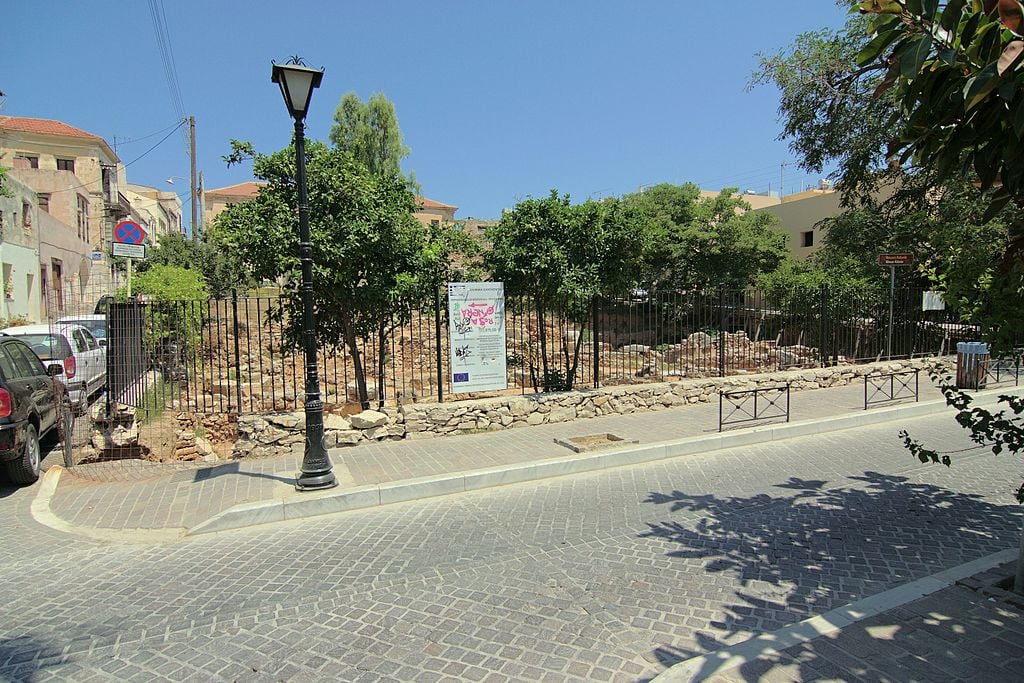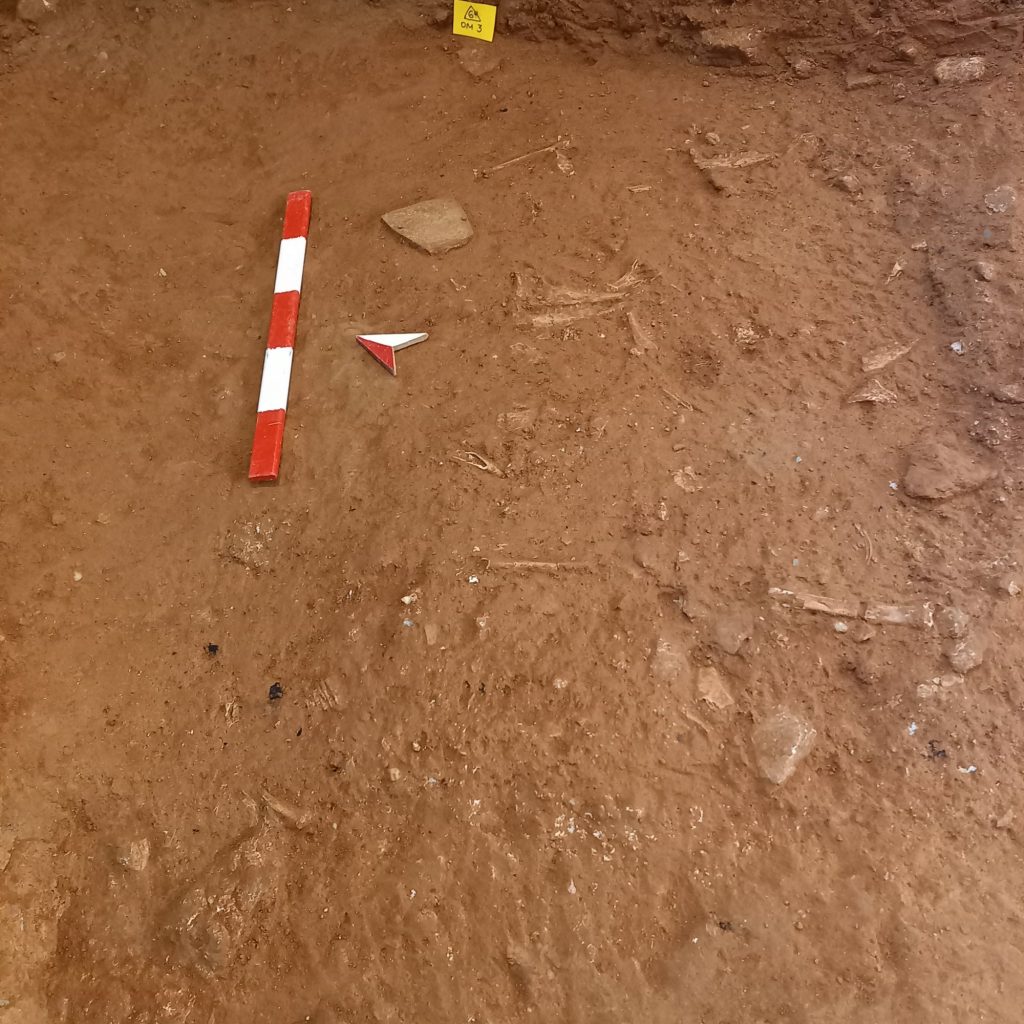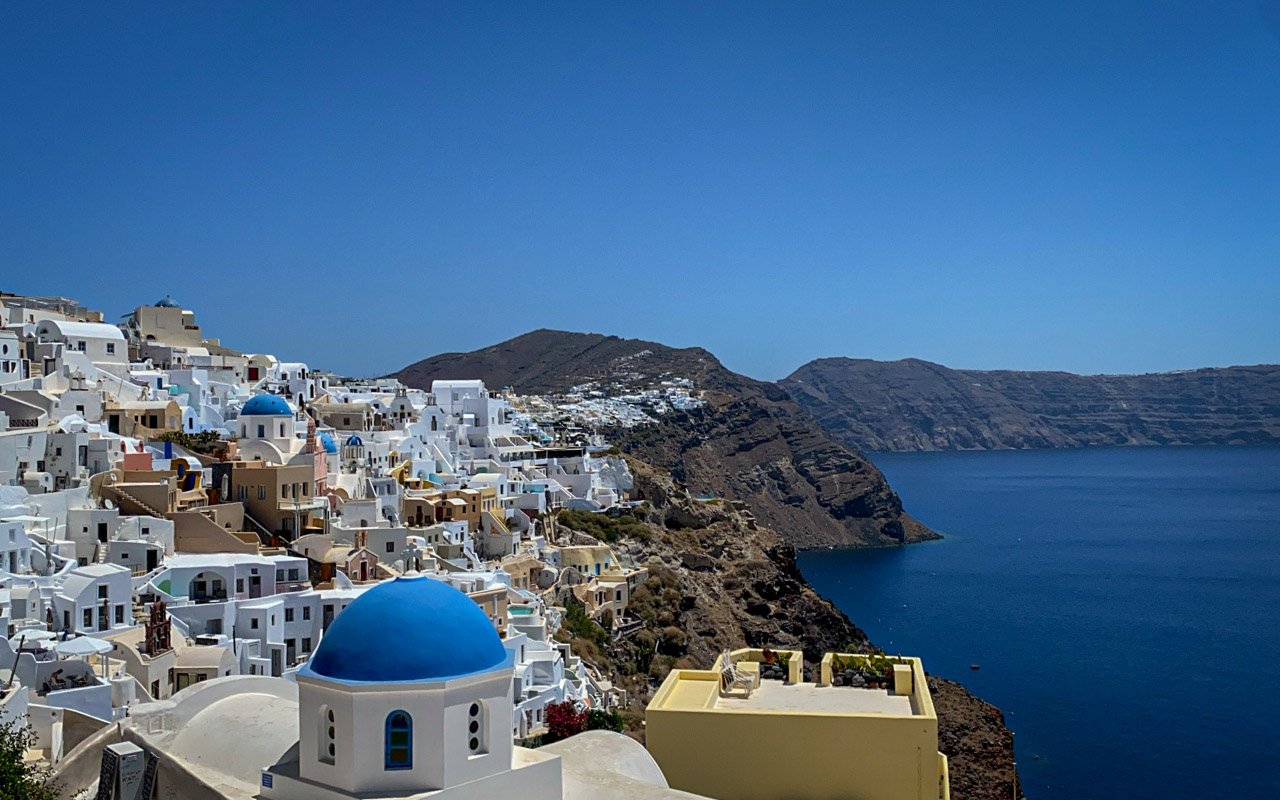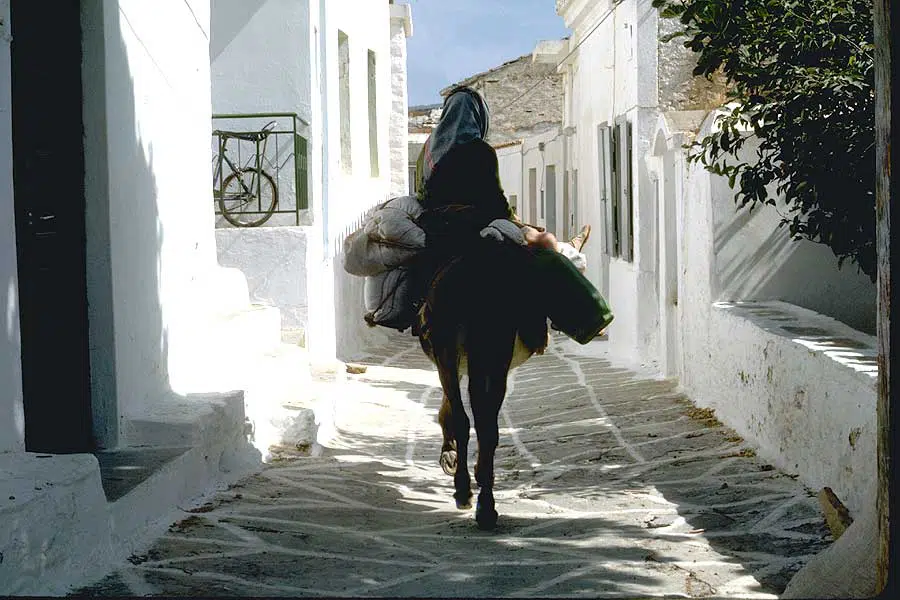
The Greek language hosts an incredibly diverse and rich linguistic history, with its roots stretching back thousands of years.
As one of the world’s oldest languages still spoken, Greek has evolved over the centuries quite significantly. However, Modern Greek grammar retains a striking number of similarities with ancient features while also developing its own unique characteristics.
By exploring these grammatical and linguistic quirks, we can gain a deeper, more comprehensive understanding of the Greek language as a whole and the culture it represents. We can also see why ancient Greek and Modern Greek are not considered two different languages but one and the same, albeit with different stages.
Greek is a highly inflected language
One of the most striking features of Modern Greek grammar is its highly inflected nature, something that makes it truly difficult to learn and understand if you’re not a native speaker.
Nouns, adjectives, and pronouns all inflect for case, number, and gender. This richness of variability allows for a great deal of linguistic precision but also becomes a real hurdle for those who try to learn the language. However, Modern Greek is actually simpler in this field compared to the ancient version of the language.
In Modern Greek, there are four cases: nominative, genitive, accusative, and vocative. These cases indicate the grammatical function of a word in a sentence, such as whether it is the subject, object, or possessor. The lack of such functionalities in the English language makes it really tricky for English native speakers to comprehend and appreciate the richness of this perk of Greek and other languages, such as German. Most Indo-European languages lie towards the inflected end on a linguistic continuum from highly inflected to highly isolating. Latin, as well as Greek, have been primary examples of highly inflected languages.
This is the reason why the modern Romance languages that descended from Latin, including Spanish, French, and Italian among others, may have lost many of the noun declensions of Latin but still retain some inflection in contrast to English.
The old English language had much more noun inflection compared to modern English, which has largely lost all grammatical gender and case for nouns, with the exception of inflecting most nouns to show the plural form (namely the addition of an -s at the end).
Furthermore, the Greek language has three genders: masculine, feminine, and neuter. Archaic features of the Greek language, such as noun declensions, are still largely used in Modern Greek, preserving the ancient roots of the language and showcasing the continuation of its existence.
Verbs also undergo quite complex inflections in Greek, conjugating for person, number, tense, aspect, mood, and voice, and making it even harder for an aspiring Greek speaker to remember everything correctly.

The loss of the infinitive in the Modern Greek language
One of the most notable differences between modern and ancient Greek that is almost instantly clear to someone who is learning both ancient and Modern Greek is the loss of the infinitive form.
In ancient Greek, the infinitive was a crucial part of the verbal system, used almost in every possible way. However, in Modern Greek, it has been replaced completely by subjunctive constructions using particles like “na.”
For example, instead of saying ” paein” (‘I want to go”), a Modern Greek speaker would say “thelo na pao” (“I want that I go”).
This linguistic shift is not unique to Greek, however. It is a shared feature among several languages of Southeastern Europe, showcasing the regional influences on language development and how interconnected languages and peoples are throughout history.
The unique Greek verb system
The Modern Greek verb system is a complex and fascinating aspect of the language, too. Greek verbs follow a two-stem system, with the imperfective stem used for continuous or repeated actions and the perfective stem for completed actions that have already taken place.
The perfective stem is used to form past tenses as well as subjunctives, while the imperfective stem is used for present and future tenses, for actions that are happening now or will happen at some point later in time.
On top of that, the auxiliary verb “eho” (to have) is used to form perfect tenses, which indicate completed actions with continuing relevance. This is very similar to other languages, like English and French, among others. In English for example, the verb “to have” and in French, the verb “avoir” are used in very similar ways to form sentences that describe completed actions with a continuous nature within them.
Greek participles, on the other hand, are verbal adjectives. They act like regular adjectives and inflect for case, number, and gender. This allows the Greek language to obtain a great deal of linguistic flexibility and precision when it comes to speech.
Another notable feature of the Greek verb system is the prevalence of the passive voice, which has its own, unique conjugation patterns and is used more frequently than in many other languages.
Flexible word order
Thanks to its unique and very rich inflectional system, Modern Greek allows its speakers to have a significantly loose word order, something that makes absolutely no sense in a language such as English.
While the standard word order in Greek is Subject-Verb-Object (SVO), other arrangements are possible and perfectly understandable. These are primarily used for emphasis or stylistic effect. For example, in English (as well as in Greek) we would say “The child plays the piano.” In English a sentence like “To piano paizei to paidi” (“The piano plays the boy”) would make no sense. In Greek, however, it makes perfect sense and gives the impression that the speaker wants to emphasize the object that the boy plays with rather than a complete swap between subject and object.
This syntactical eccentricity can also take place in the form of placing the verb first, followed by the object, and finishing with the subject. In our example, we would say in Greek “Paizei to piano to paidi,” which would translate as “Plays the boy the piano.”
In this particular case, the speaker puts his or her emphasis on the fact that the subject (the boy) is capable enough to play the piano, thus conveying an underlying message that maybe the boy was not capable enough earlier to do so.
Greek also makes use of clitics, which are weak pronouns that attach to verbs, allowing object pronouns to precede the verb. An example of this would be: “To eida to autokinito” (It I-saw the car), with the object pronoun “to” (“it”) appearing before the verb “eida” (“I saw”).
The Modern Greek language is truly complex but beautiful
By simply showing a few examples of Modern Greek grammar, we can easily understand that it is a fascinating amalgamation and a blend of ancient features, cultural effects, and modern innovations.
Its truly complex inflectional system preserves many ancient elements, while its unique verb system and the loss of the infinitive demonstrate the evolution of the language over time.
The flexibility of Greek syntax allows its speakers to demonstrate creative and poetic expressions, making it a language well-suited for literature and the arts.
Are you now ready to learn Greek?
Related: Greek Language Day: Honoring The Mother of Western Languages









